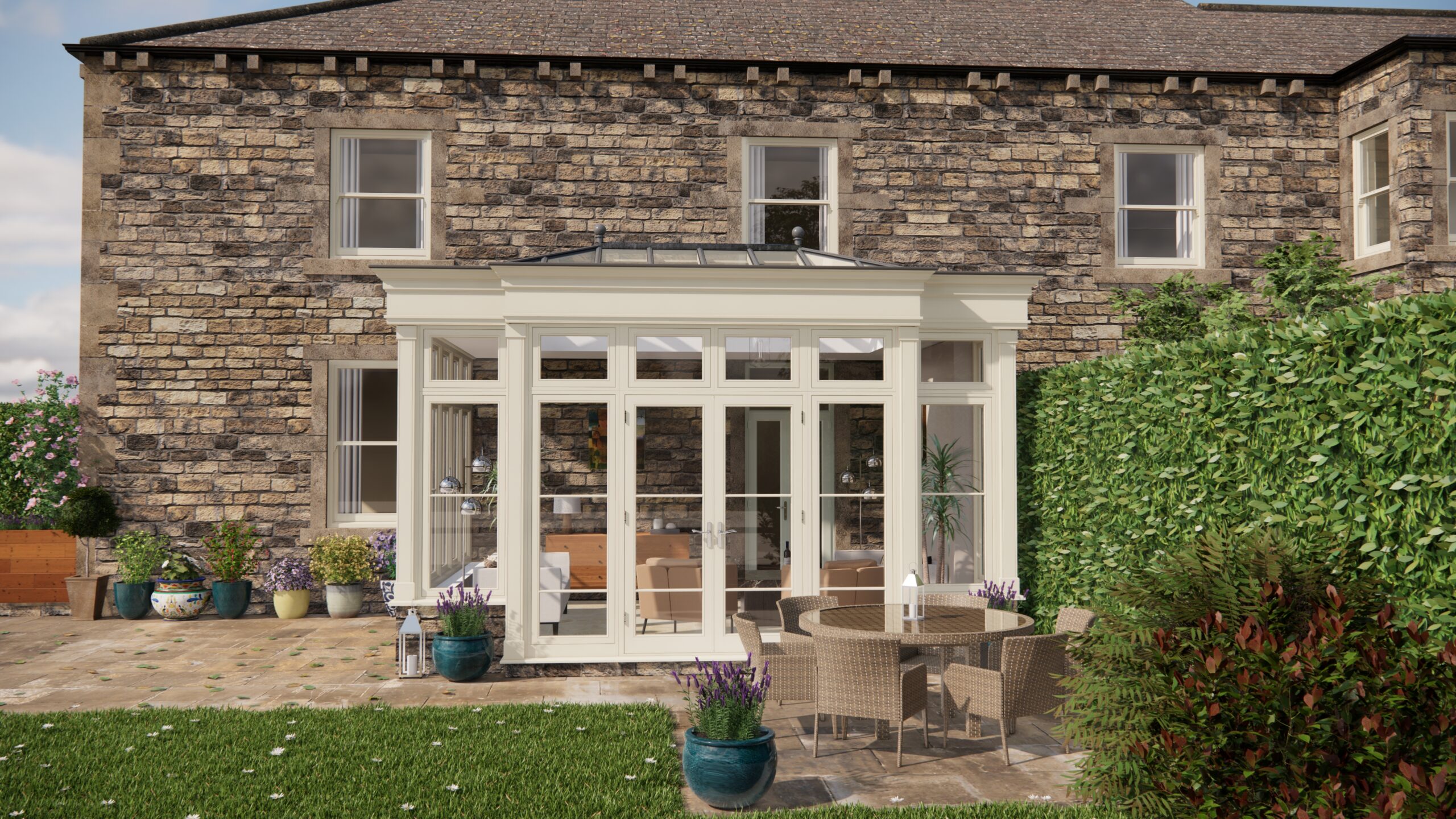Hello fellow wellness enthusiasts! I’ve been diving deep into the world of home sanctuaries lately, specifically how to transform a simple room into a multi-purpose space for exercise, relaxation, and overall well-being. My journey culminated in creating my own ‘Sensory Serenity’ room, and I’m thrilled to share my experiences with you.
For me, wellness articles always felt slightly…distant. Like, sure, a spa day sounds lovely, but how do you bring that zen into your everyday life, especially within the confines of your own four walls? That’s what drove me to explore articles focused on making the best use of my home space. Yoga, meditation, and even just a quiet cup of tea – these were activities I wanted to facilitate easily, without the friction of a cluttered environment.
My initial focus was exercise. I read about incorporating yoga into daily routines, and how even a small corner could be dedicated to stretching and mindful movement. What became clear was that it’s not about having a massive space, but about optimising what you do have. This planted the seed: what if I could create a room that catered to all my wellness needs?
The idea of a ‘Sensory Serenity’ room then took shape. I realised that creating a space for relaxation wasn’t just about comfortable seating; it was about engaging the senses. My research led me to the fascinating psychology behind sensory design and its impact on stress reduction. The goal was to create an immersive environment that actively promoted calmness.
Aromatherapy: Scents of Serenity
First, aromatherapy. I opted for a diffuser with a blend of lavender, chamomile, and cedarwood. The key here is subtlety. You don’t want an overpowering smell; you want a gentle background fragrance that encourages relaxation. I experimented with different essential oils, learning which ones resonated most with me. Pro-tip: start with pre-blended oils, then gradually create your own mixtures as you become more familiar with different scents and their effects.
Sound: A Symphony of Calm
Next, sound. I ditched the television and invested in a small Bluetooth speaker. I curated a playlist of ambient music, nature sounds (think rain, ocean waves), and binaural beats designed to promote relaxation and focus. What I learned is how critical silence is. Create times that are totally silent, and appreciate that just as much. Consider the acoustic quality of the room – adding soft furnishings like rugs and curtains can dampen harsh sounds and create a more soothing atmosphere.
Texture: A Tactile Embrace
Then came texture. This was surprisingly impactful. I incorporated soft blankets, cushions with varying textures (velvet, linen, knitted wool), and a small, shaggy rug. The act of running my hands over these materials provided a grounding sensation, helping to ease tension. I specifically chose natural materials where possible, linking the tactile experience to the outside world.
The Orangery Advantage
My exploration of home wellness even led me to consider orangeries. Imagine a relaxation space bathed in natural light, surrounded by plants! While I don’t have an orangery (yet!), the concept is incredibly appealing. The connection with nature, the abundance of light – it’s a perfect setting for yoga, meditation, or simply unwinding with a book.
Ultimately, crafting my Sensory Serenity room has been a process of experimentation and self-discovery. Selecting the perfect calming scents, creating a playlist of gentle sounds, and adding soft, inviting textures have all contributed to a space that actively promotes relaxation and stress reduction. Remember, the key is to tailor the space to your individual needs and preferences. Think about what senses you want to stimulate and find the best means to sooth those senses using texture, sound, taste and smell. Don’t be afraid to experiment and adjust until you find what works best for you. Bringing calm and well-being into your home is well worth the effort.


